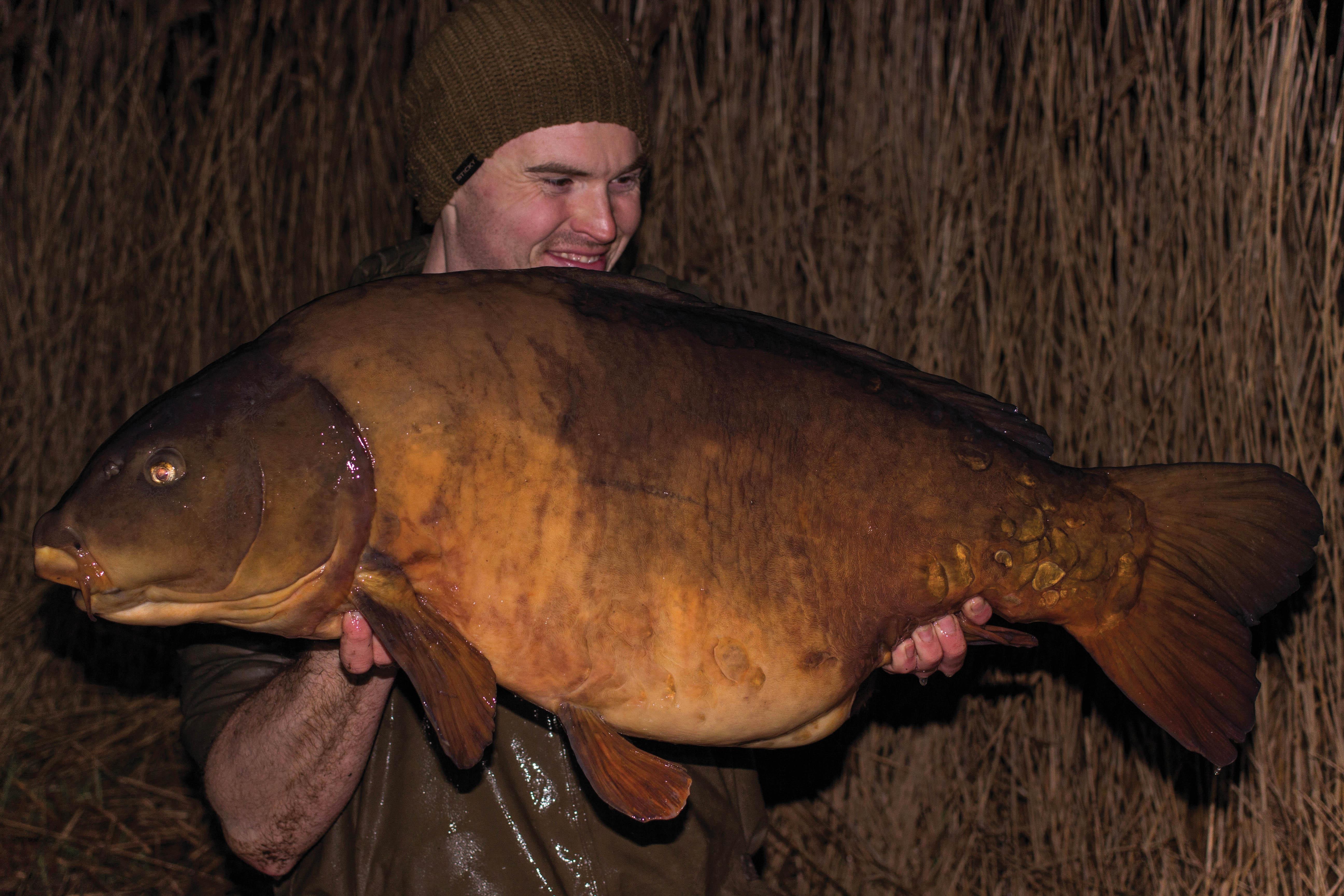Ups And Downs Of Adjustable Zigs
Adjustable Zigs aren’t everyone’s cup of tea, but Adam Francis has every faith in the method and why they are his go-to method in certain conditions…
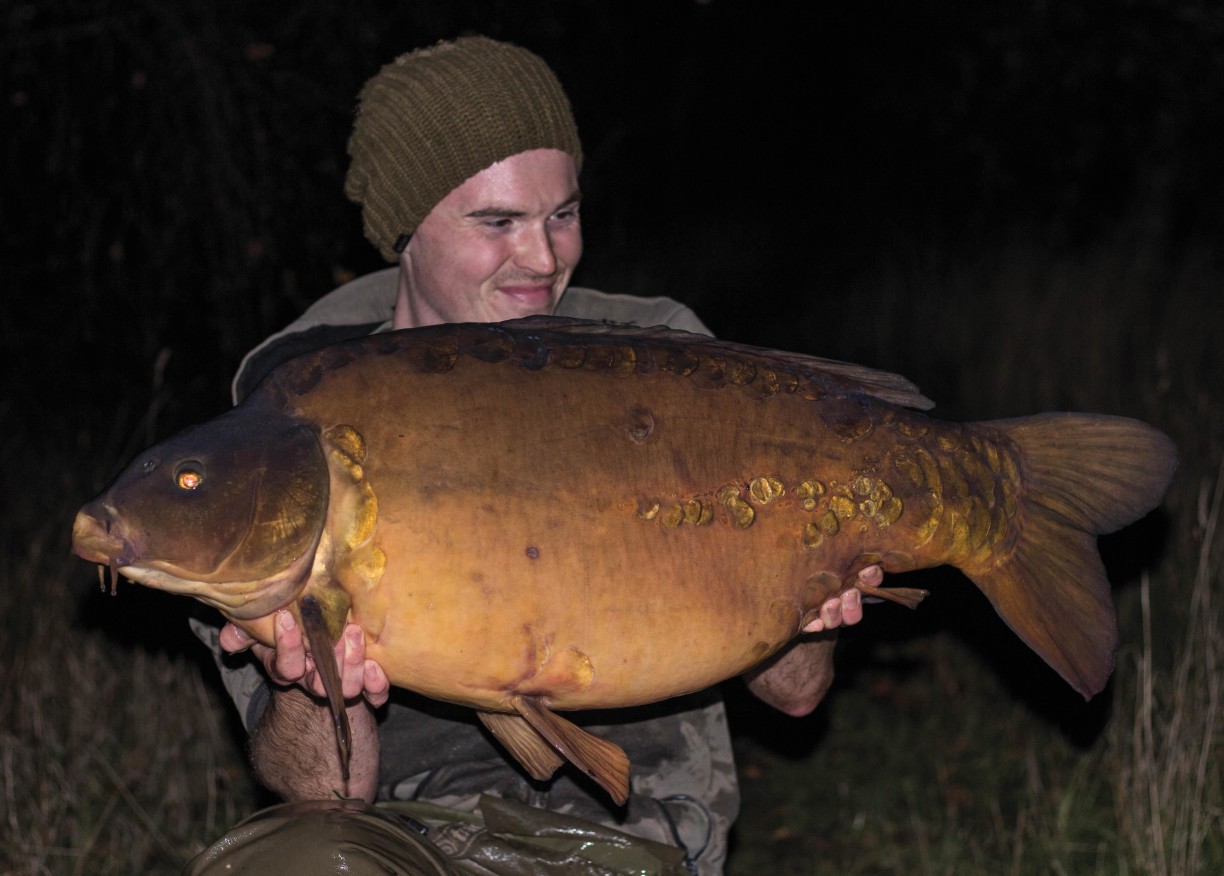
Throughout the year, there are periods when Zigs really come into their element. During winter and early spring, particularly on deeper venues, an all-out Zig approach will put your hookbaits in front of fish far more frequently than fishing on the deck.
The flexibility of fishing Adjustable Zigs in deep venues means that you can search the thermoclines in the water column and find where the fish are most comfortable. Even a slight variation in temperature or light levels can dictate the depth at which the carp will sit. Adjustments are made by simply adding or removing line from the spool, and as a rule of thumb, the top third to mid-depth seems to be the best area.
Adjustable Zigs need not be daunting to use either. I’ve found that with the hookbait attached to the side of the float with a dissolving nugget, tangles are very rare, especially if you feather the cast and feel the lead down on a tight line. Once the lead’s on the bottom, it’s important to keep a tight line and allow the tension to remove any bow as the line sinks. Don’t allow the float to shoot up to the surface quickly. Instead, pay out line a foot at a time. The rig should then creep up tangle-free.
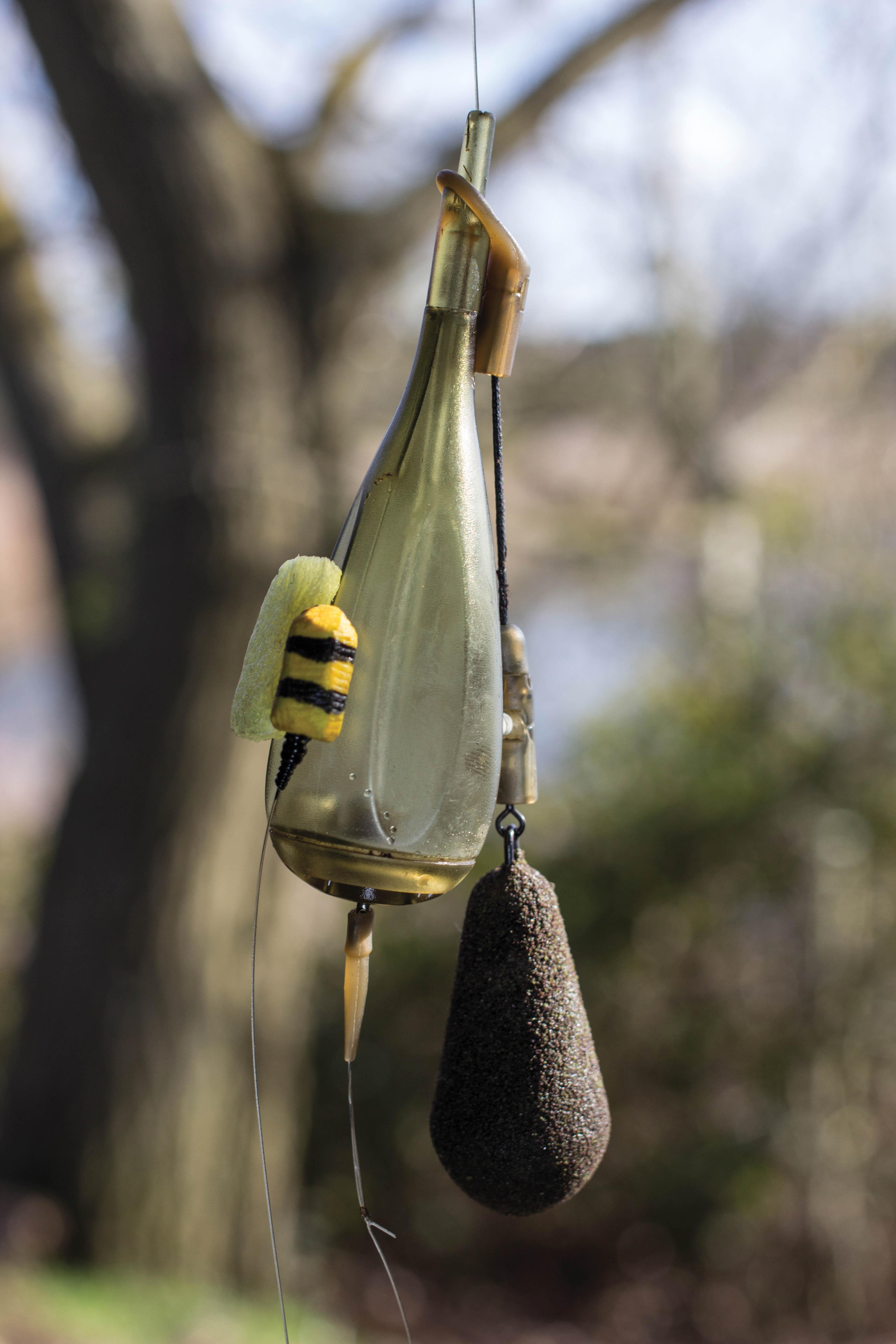
A pair of binoculars is useful for checking your set-up on the surface. You can also use them to watch your hookbait, if the conditions allow. If you can’t see your hookbait, simply note your hooklink length and count down after the float has disappeared,
before then setting the required depth. Using electrical tape, I’ve added markers at one-foot intervals from my spool to my rod, to make this process as quick and simple as possible. Another benefit of adjusting the depth is that suspended particles that cling to the hooklink are washed off, which improves presentation no end.
Keeping mobile and proactive is often key. After all, they can and will move if they feel pressured, even in winter. If allowed on your venue, a castable sonar can shed light on the fishes’ location and the depth at which they’re sitting, as on occasion, they will be in tight, localised pods. Using such a device can prove a real eye-opener!
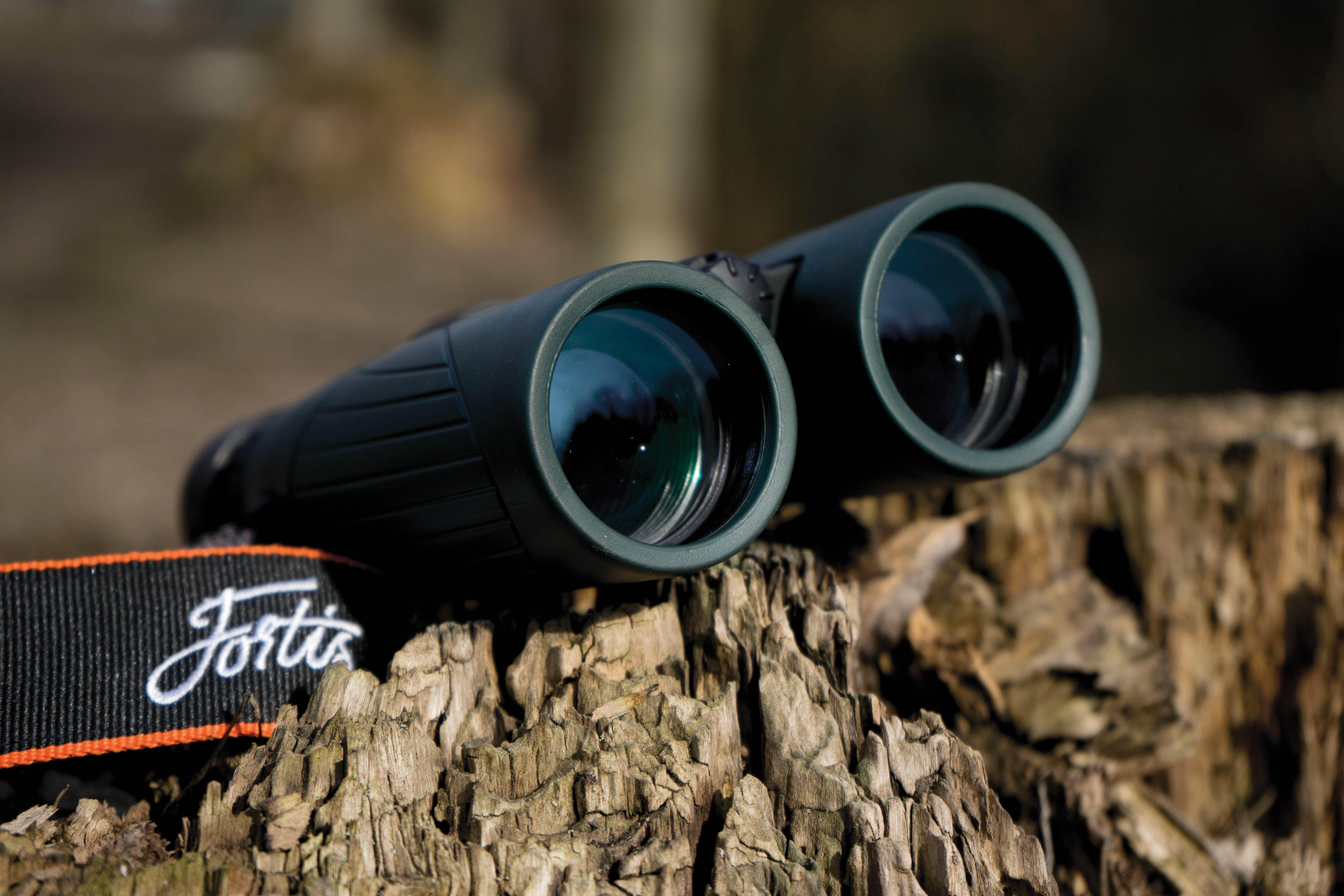
Zigs are effective day or night. Once you’ve captured your first fish on a Zig at night, any doubt will subside. Black foam silhouettes fantastically against the skyline in the dark, should a fish be looking up. A piece of yellow or red foam, or one of these colours combined with black can work equally well, and on their day, even better. It can also pay to chop and change.
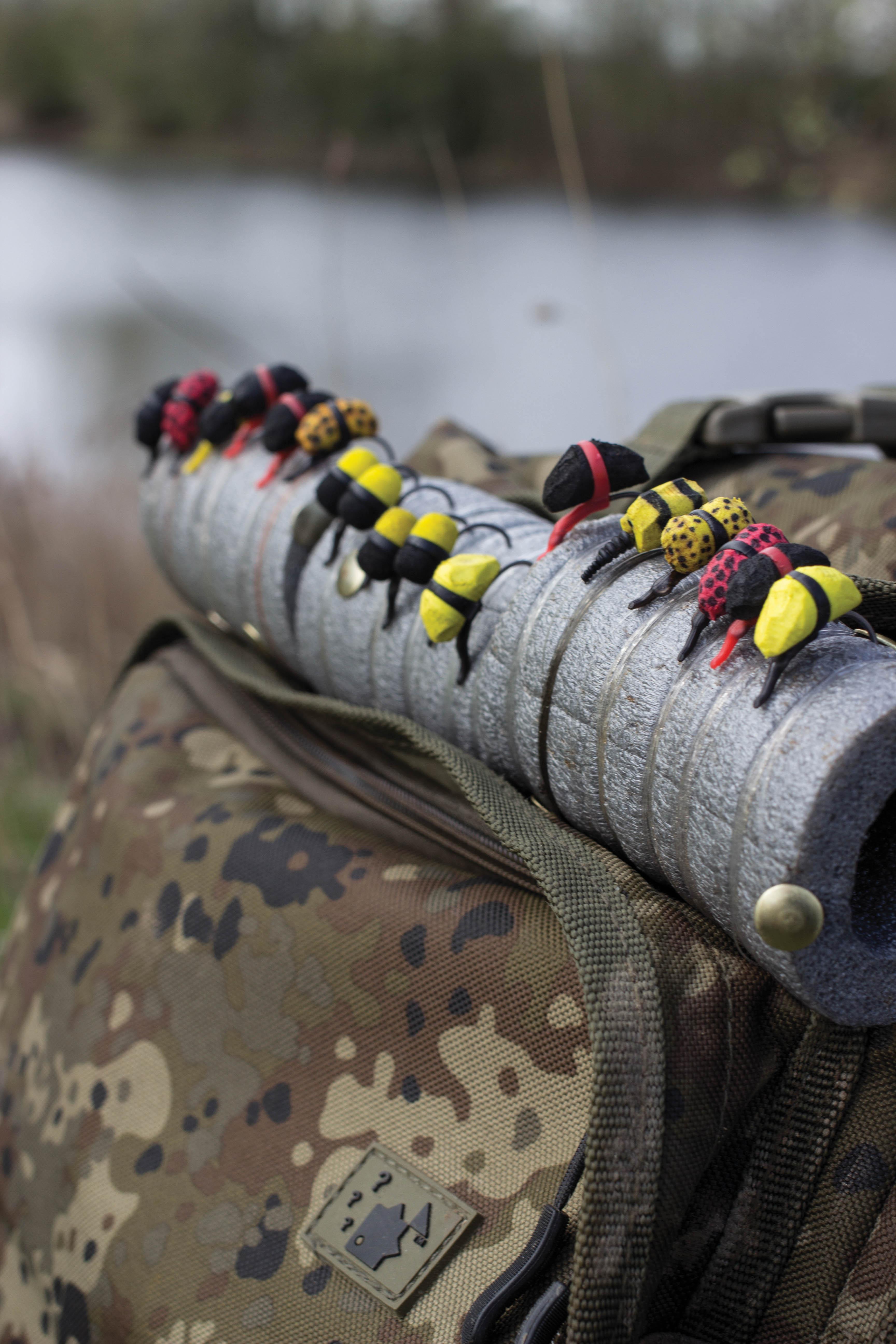
Casting Adjustable Zigs in the dark requires a leap of faith. By keeping the set-up tight as it touches down after the cast, taking all the slack out of the descending line between the rig and the rod, and slowly releasing line from the spool, you’ll usually keep everything tangle-free, including the hooklink.
I have been using a bloodworm spray on my foam hookbaits, to replicate natural food signals. If this encourages even one carp to investigate, then it’s worth it. Fruity flavours are great too, and my first fish of the winter came to an offering boosted with Sticky Baits’ Pineapple & N’Butyric Bait Spray.
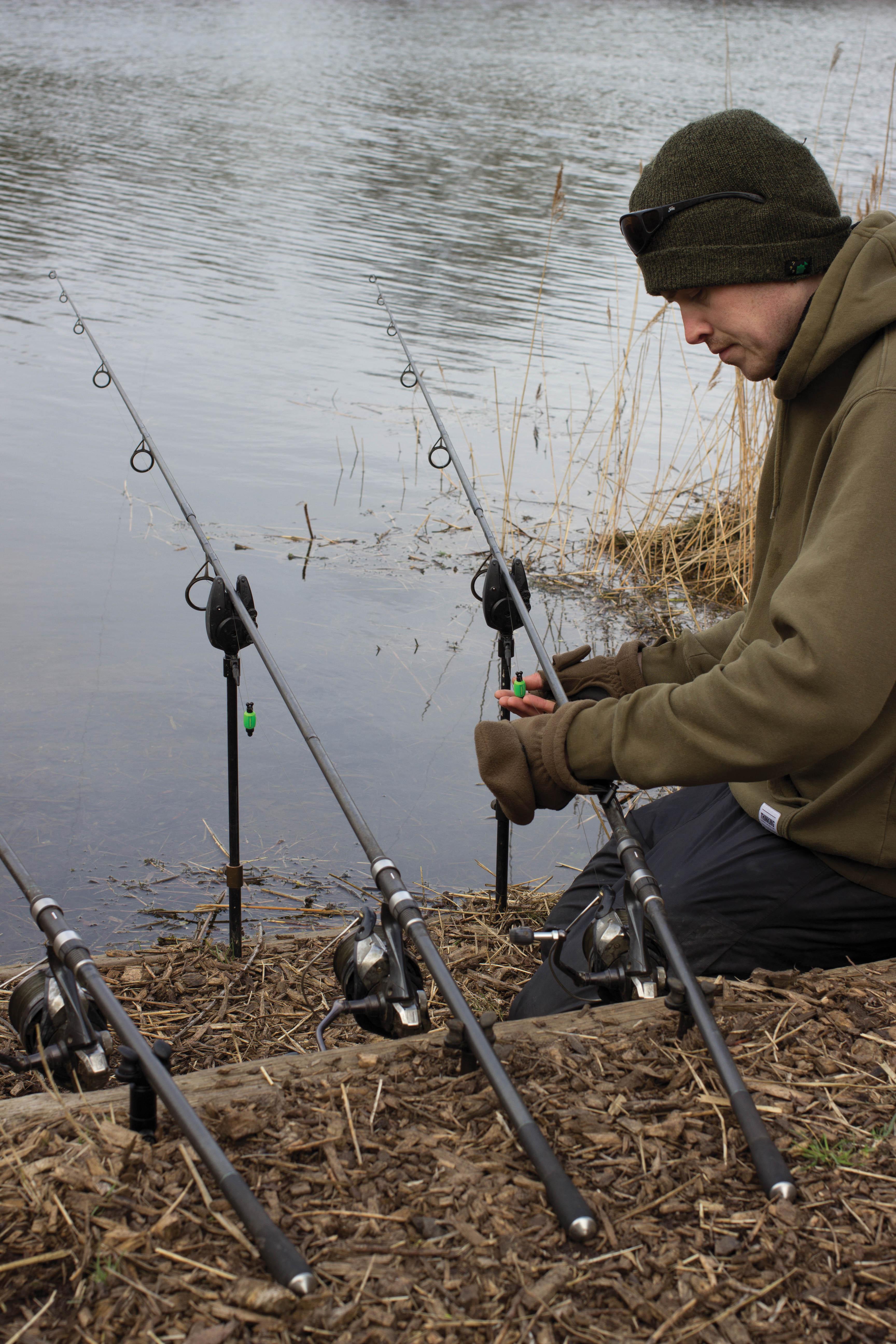
Zigging is certainly not a last-ditch option. Rather, it’s my go-to method for cold-water conditions. By mastering fishing with adjustable Zigs, we can fish far more effectively in deep waters.
